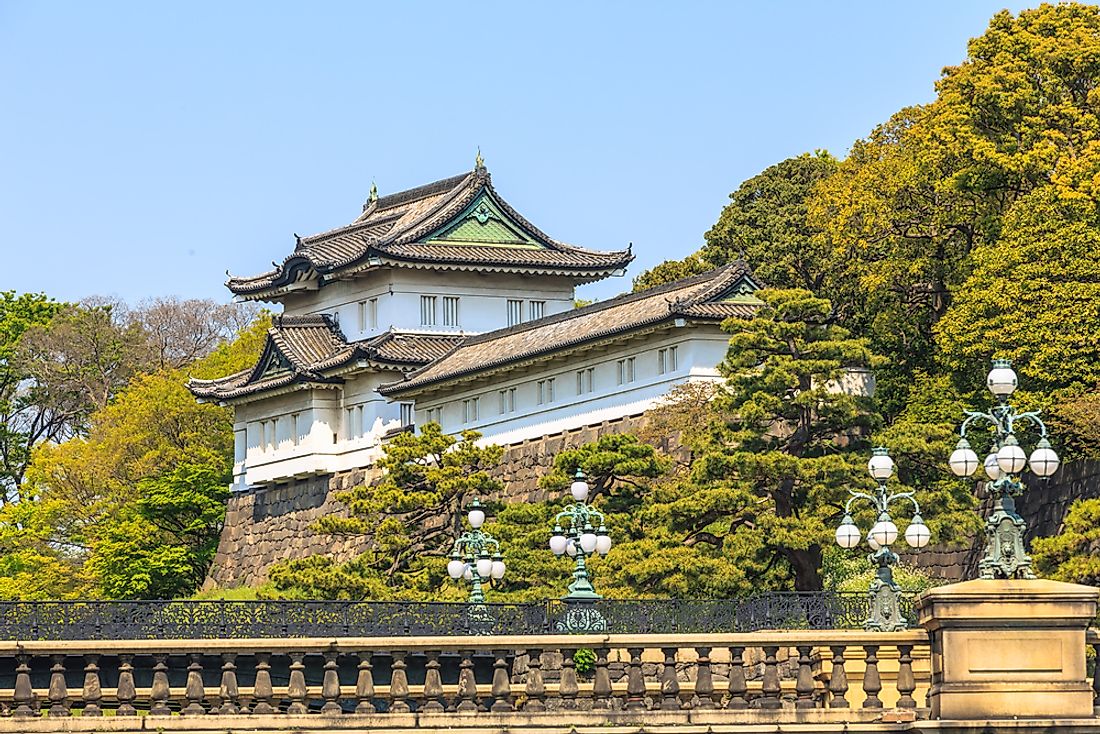The Longest Reigning Japanese Emperors

The Japanese Monarchy has reigned over Japan for over 2,600 years. It is the world's oldest continuous hereditary dynasty. The Monarch is linked to the Shinto gods and is therefore highly revered. The Monarchy has existed since 1660 BC although the functions have changed. The modern Imperial House of Japan holds a symbolic role with no political, military or executive functions.
Emperor Jimmu is considered the first emperor of Japan who reigned in 1660 BC although he is believed to have been a legendary and symbolic figure. The National Foundation Day is celebrated across the country on February 11 to mark the day Jimmu ascended to power. The descendants of Jimmu expanded the Kingdom over the centuries. The functions of emperors varied, and at some point, they were viewed as the link between humans and gods although they were not worshipped. In 1868, emperor Meiji moved the Monarch's capital from Kyoto to Tokyo, centralized power, and transformed the role from a symbolic to a political figure with imperial power.
After the Second World War, the United States wanted the Japanese Emperor Hirohito to step down and renounce connection to divinity. Hirohito had launched a massive resistance against the Allied, and the United States feared that he might lead a future resistance if left in power. Hirohito did not abdicate but instead enshrined the roles of the Japanese emperor as purely symbolic in the 1947 constitution.
The current imperial family of Japan has 18 members and a succession law that prevents female kins from inheriting the throne is threatening its existence. Emperors are traditionally meant to rule until their death, but Emperor Akihito abdicated on April 30, 2019 because of health concerns. Prince Naruhito ascended to the throne as one of the only three possible heirs. Several female members rescinded the Monarch and married commoners. According to traditions, only male successions can inherit the Monarch, further deepening the succession crisis. The Japanese government is seeking possible solutions, and it is unclear whether or not it will rescind the tradition.
The Longest Reigning Japanese Emperors
Emperor Hirohito (Showa)
Emperor Hirohito (Showa) was the longest serving Japanese emperor. He reigned over the Showa era that lasted from December 25, 1926, to January 7, 1989. He led Japan through a series of political changes from totalitarian, internationalism and fascism. In 1937, Hirohito led the Japanese invasion of China. He successfully steered the country through the Great Depression and mounted a strong resistance against the United States during the Second World War. After the defeat of Japan, Hirohito enshrined the roles of the emperor as purely symbolic in the constitution and oversaw the transformation of the country into a democratic state.
Emperor Meiji
Emperor Meiji, also known as Meiji the Great reigned over the Meiji era from February 3, 1867, to his death on July 30, 1912. It was during this period that Japan transformed from an isolated feudal state to a global industrialized superpower. Before his reign, Japan was a decentralized country with more than 250 domains, but he rose to power, centralized power, and created a stronger political, economic, and social unit. He was 122nd Emperor of Japan.
Emperor Kōkaku
Emperor Kōkaku was the 119th Japanese emperor. He reigned from December 16, 1780, until his abdication on May 7, 1817, in favor of his son. Even after abdication, he continued to rule as Daijō Tennō or Jōkō (Abdicated Emperor) until his death in 1840. No other emperor abdicated until Emperor Akihito in 2019.
The Longest Reigning Japanese Emperors
| Rank | Emperor | Reign |
|---|---|---|
| 1 | Emperor Shōwa | 1928-1989 |
| 2 | Emperor Meiji | 1867–1912 |
| 3 | Emperor Kōkaku | 1780–1817 |
| 4 | Empress Suiko | 592–628 |
| 5 | Emperor Go-Hanazono | 1428–1464 |
| 6 | Emperor Go-Tsuchimikado | 1464–1500 |
| 7 | Emperor Daigo | 897–930 |
| 8 | Emperor Kinmei | 539–571 |
| 9 | Emperor Ninkō | 1817–1846 |
| 10 | Akihito | 1989–2019 |











